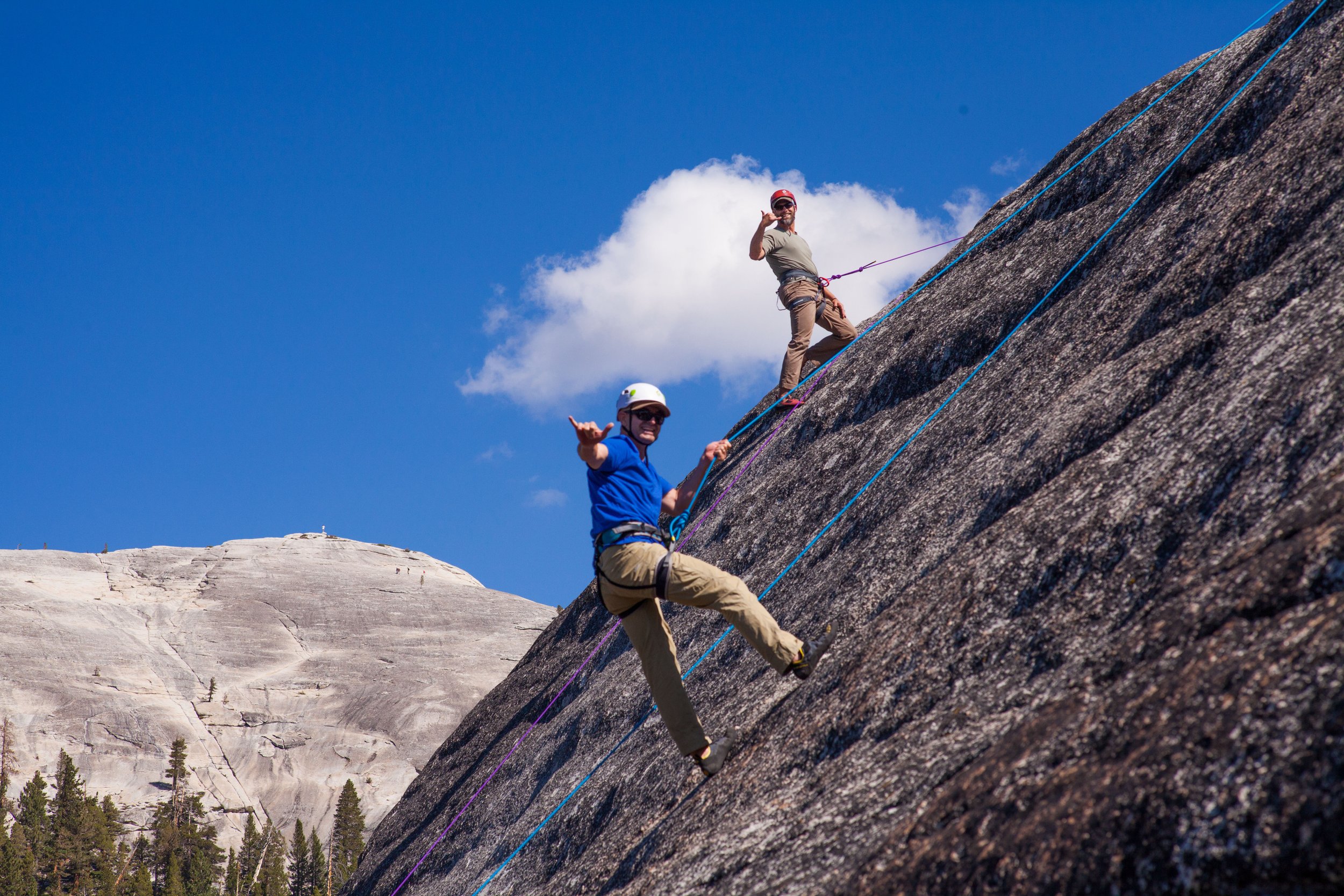
What’s the gist?
Mammoth Climbing Guides is a full service rock climbing and mountaineering guide service based in the Eastern Sierra of California. We provide trips in the Mammoth Lakes, CA area, into the alpine peaks in the Inyo National Forest and beyond. Whether you are a beginner or an advanced climber, you’ll find our wide range of programs and personalized experiences suitable to your needs. From introductory courses that cover basic techniques and safety to advanced multi-pitch climbs that will push your limits, our guides will support and motivate you every step of the way. Give us a call or send us a message to speak with us about creating your next day of climbing.
Have questions? Send us a message!

